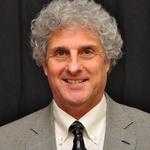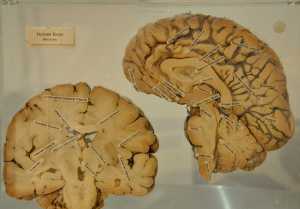Addiction, Author Interviews, Mental Health Research, NEJM / 23.10.2018
Brain Change in Addiction as Learning, Not Disease
MedicalResearch.com Interview with:
Marc Lewis, Ph.D.
Klingelbeekseweg Arnhem
The Netherlands
MedicalResearch.com: What is the background for this study?
Response: According to the brain disease model, addiction is a chronic disease brought about by changes in brain systems that mediate the experience and anticipation of reward and higher-order systems underlying judgment and cognitive control. Its proponents propose that these changes are driven by exposure to drugs of abuse or alcohol. The brain disease model is the most prevalent model of addiction in the Western world.
The disease model's narrow focus on the neurobiological substrates of addiction has diverted attention (and funding) from alternative models. Alternatives to the brain disease model highlight the social-environmental factors that contribute to addiction and the learning processes that translate these factors into negative outcomes. Learning models propose that addiction, though obviously disadvantageous, is a natural, context-sensitive response to challenging environmental contingencies, not a disease.
In this review I examine addiction within a learning framework that incorporates the brain changes seen in addiction without reference to pathology or disease. (more…)







